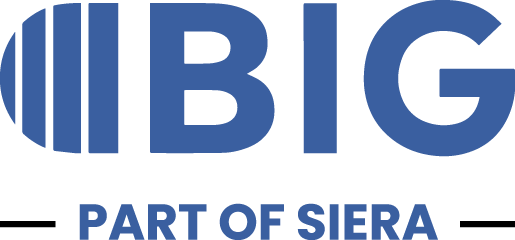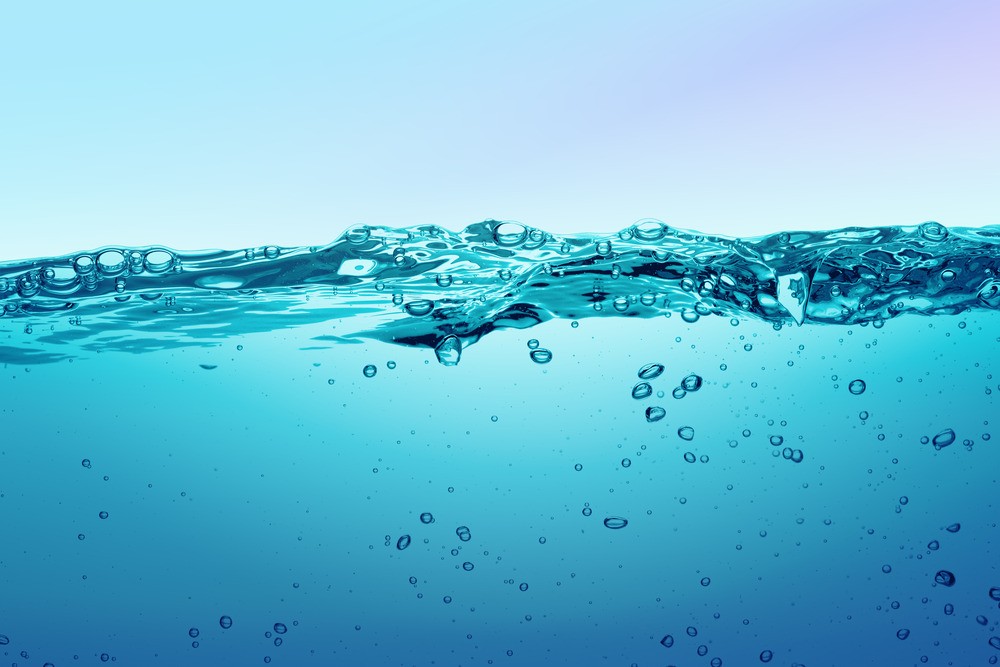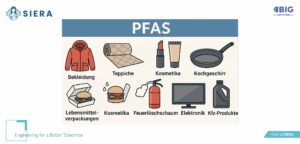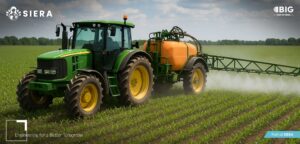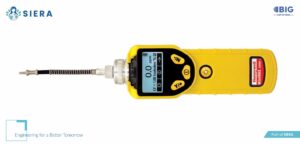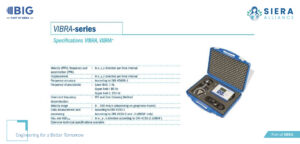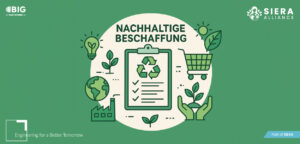The water in our food, clothing and consumer goods
On average, a German citizen consumes about 120 litres of drinking water per day.
But the production of food and consumer goods also consumes water. If you add this water to our consumption, a German citizen uses about 5,300 litres of virtual water plus 120 litres of drinking water every day.
Did you know that enjoying a cup of coffee is only possible because about 140 litres of water were used to grow the coffee beans for that one cup?
Similar examples can be continued endlessly. For example, for the T-shirt you are wearing, about 2,000 litres of water were used for the cultivation of the cotton and the subsequent processing.
These values describe the amount of water used for production that we consume without actually being aware of the consumption.
This awareness needs to be raised, e.g. by determining the personal water footprint: The water footprint of a person or a nation is defined as the total amount of freshwater needed to produce the food, goods and services consumed.
| Numerical examples | |
| Water consumption for the production of ... | |
| 1 DIN A4 sheet (80g/m²) | 10 litres |
| 1 tomato | 13 litres |
| 1 microchip | 32 litres |
| 1 cup tea (250 ml) | 35 litres |
| 1/4 l beer | 75 litres |
| 1 cup coffee (125 ml) | 140 litres |
| 1 hen's egg (60 g) | 200 litres |
| 1 kg wheat | 1,100 litres to 1,350 litres |
| 1 T-shirt (cotton) | 2,000 litres |
| 1 kg rice | 3,000 litres to 5,000 litres |
| 1 kg chicken meat | 3,900 litres |
| 1 kg cheese | 5,000 litres |
| 1 kg beef | 14,000 litres to 16,000 litres |
| 1 average car | 20,000 litres to 300,000 litres |
Water export and import
The global amount of virtual water flows is 2,320 billion m³ per year, corresponding to 2,320,000,000,000 litres. Virtual water describes the amount of water used to produce a product. The term "virtual water" was defined in 1994 by J. A. Allan, a water expert at the Institute of Oriental and African Studies at the University of London.
Agriculture accounts for the largest share of water consumption. In Europe, agriculture consumes about 64% of the water, worldwide it is about 70 to 80 %. In Schleswig-Holstein, water consumption by agriculture is far below the average.
The use of water for production in rainy areas has to be assessed differently than in dry areas. If water-intensive products are produced in dry areas, water stress occurs here.
Germany, as a comparatively rainy area, is one of the 10 largest importers of virtual water. This means that in addition to our already rich water resources, we import a considerable amount of hidden, virtual water in the form of goods and products, and often from regions that are not as richly blessed with water as we are.
This is due in particular to the import of water-intensively produced agricultural products, such as tea, coffee and cocoa.
Knowing about virtual water consumption offers consumers the chance to take into account how much precious water is used in the production of the goods they put in their shopping trolley when they go shopping.
Water resources are finite. In this respect, it is a special task of everyone to use our resources sparingly. Of course, this applies not only to everyday consumption, but also to construction measures, for example. It is therefore a matter of course for the MuP Group to implement measures using processes that conserve resources as much as possible.
